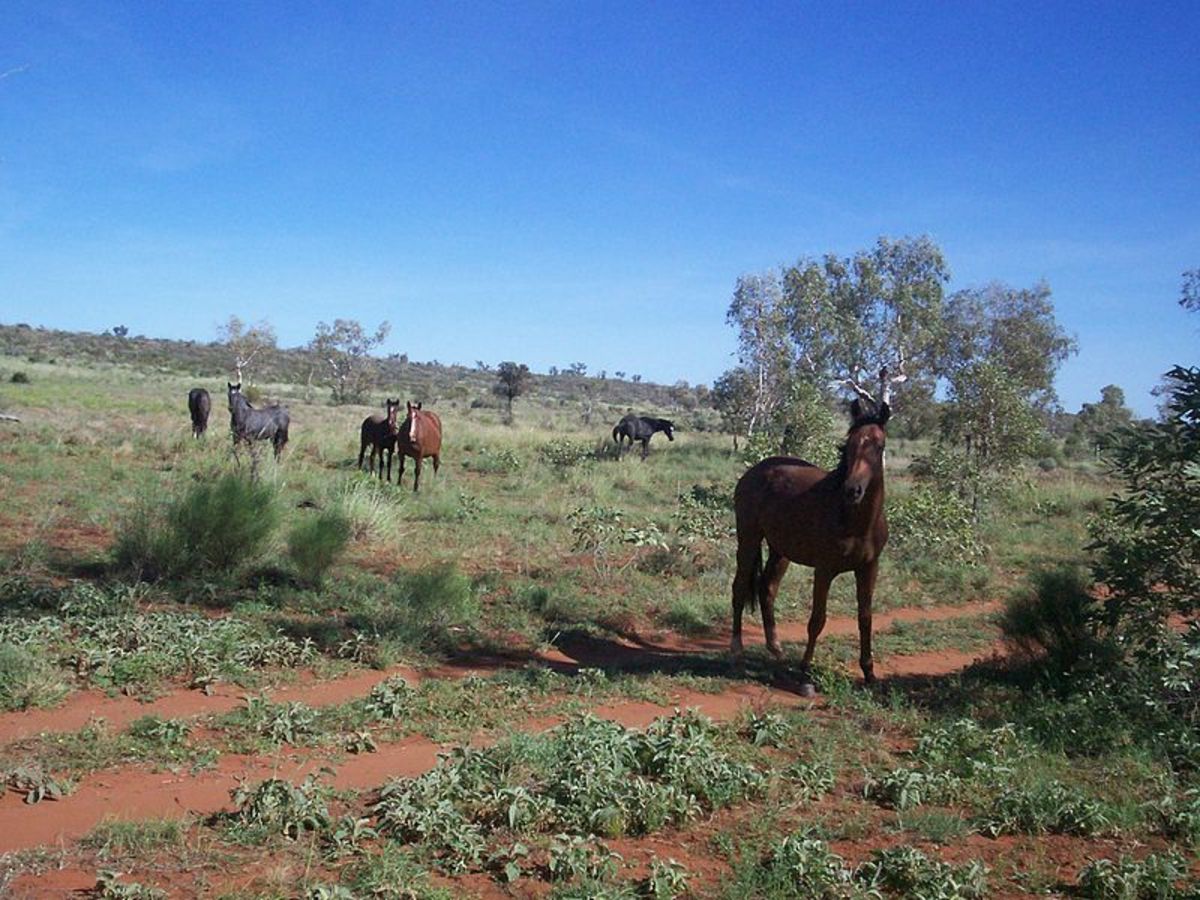Analysis of Euthanasia Laws in Australia and Belgium
Ending an individual’s life intentionally for the purpose of relieving the person from pain or suffering is considered as euthanasia. A good example of euthanasia is a case where a doctor opts to give a cancer patient an overdose of drugs that is supposed to make him die. Encouraging or aiding a person in committing suicide intentionally could be regarded as assisted suicide. An example could be acquiring a powerful sedative for a person who is terminally ill with the awareness that the person will certainly utilize the medication to commit suicide. There are many countries in various parts which have legalized euthanasia including but not limited to Belgium, Colombia, Netherlands, Mexico, Ireland and some states of America. Further, a number of countries have come up with policies that reinforce the practice of aiding one to die also known as mercy killing. This paper focuses on comparing the accessibility level of euthanasia in two countries, Belgium vs Australia, two countries where the practice of “mercy killing” is fully recognized and legalized.
Discussion
Belgium
Being among the countries where Euthanasia is legalized, Belgium has been known to uphold the law of mercy killing since 2002. According to the Belgian law on euthanasia, the process of mercy killing must involve at least two qualified doctors. In the event that a patient’s competency is in question, then a psychologist would be needed in this case. Of crucial importance is the engagement of the patient and seeking of his or her consent regarding the best way in which the patient’s life could be ended. Among the strategies used for such a course is lethal injection or prescribed overdose. However, such mercy killing has drawn so much attention in the medical profession with two schools of thought emerging. One school of thought holds that mercy killing or euthanasia contravenes the natural laws of justice while the other is of the opinion that it is a necessary tool of ending suffering (Adams, 2003).
Australia
Unlike in Belgium, euthanasia is not legalized in Australia and it is indeed a crime to perform mercy killing. Euthanasia is considered as eroding the value of human life in Australia and as such not too much premium is given here. Generally, euthanasia is illegal in Australia. Although rare, charges have been laid for 'aiding and abetting' the suicide of others (Singer, 2016). Euthanasia had gotten some legality in Northern Territory, by the Rights of the Terminally Ill Act of 1995. However, in 1997, the Australian Federal Government overruled the Northern Territory legislation by introducing the Euthanasia Laws Act of 1997. Earlier, before the passage of this law by the Australian Government, a doctor by the name Philip Nitschke had assisted three patients to die by using his deliverance machine. In Australia there are organizations which include the Exit International that are calling for the government to bring back euthanasia rights to Australia. Australia however gives patients an Advanced Care Directive option.
Voluntary euthanasia, which is also known as physician-assisted suicide, is legal and acceptable in many countries including Netherlands, Belgium, Luxembourg and Switzerland, and recently became legal in Colombia but still not acceptable in Australia (Singer, 2016). Nonetheless, it is regarded as immoral in Australia for the simple fact that it involves the taking of an individual’s life, whether voluntary or otherwise. Human life is precious, so goes the argument here. But what happens when this life becomes a burden by itself? should one be assisted in ending a life full of misery and suffering by the same people who are supposed to preserve it? The main difference between Belgium and Australia especially as it relates to mercy killing is the legislation aspect. Belgium is more liberal when it comes to mercy killing. It allows the medical profession the leeway to consult and execute mercy killing in situations where the patient’s life is considered a burden and where only death can bring relief.
In Australia, euthanasia is not an option and patients are given the chance to live their lives no matter how miserable that life is. Questions of morality are raised in cases of euthanasia but it does not mean that this practice is nonexistent is this part of the world. More and more Australians are taking this option to end their lives even though the law of the land states otherwise. Supporters of euthanasia or physician-assisted suicide (PAS) are of the opinion that people who are terminally ill should have the right to end their suffering with a quick, dignified, and compassionate death. They argue that the right to die should be guarded the same way other constitutional rights such as marriage, procreation, and the refusal or termination of life-saving medical treatment are safeguarded.
On the other hand, opponents of euthanasia and physician-assisted suicide are of the opinion that doctors have a moral responsibility to keep their patients alive in accordance with the Hippocratic Oath. They argue there may be a "thin line” between euthanasia and murder, and that legalizing euthanasia will unfairly target the poor and disabled and create incentives for insurance companies to terminate lives in order to save money. In Australia, euthanasia is regarded as either manslaughter or murder and is punishable by law, with a maximum penalty of up to life imprisonment. In Belgium, euthanasia was legalized in 2002 and was developed by a variety of NGOs including medical associations and advocacy organizations.
A comparison of Euthanasia laws in Belgium and Australia
People who argue about the reform in Australia might also argue that the Belgian experience presents the so-called “slippery slope”. This is a notion that supports death for competent adults. It is expected that this particular idea will expand over time and include other kinds of people such as children (Smith, 2005). This is exactly what happened in Belgium and the similarities with Australia are inevitable.
One will attempt to look at the legality and foundation of such concerns. Of much interest is how the law in Belgium has transformed in relation to euthanasia? Has it really changed? What similarities does it share with the Australian experience? What then are the implications for the euthanasia debate that has been occurring in Australia over the recent years? It is a law that doctors who practice euthanasia to their patients commit no offence if they act in accordance with the prescribed procedures or conditions. They should be able to verify that: 1) the patient is mature enough and who should at least 15 years old and possesses a legal capacity and aware of what he or she is doing when he or she formulates the request in writing 2) the request should be voluntary and not a result of any forceful action or outside pressure 3) the patient’s health status is hopeless and s/he is experiencing constant or unbearable physical or mental suffering, where relief is not possible or a very serious pathological condition or injury. All these conditions are eligible in law to allow a doctor to undertake euthanasia or mercy killing.
In the same light as is the case with Netherlands, Belgium recognizes the validity of advance directives for euthanasia (Smets, 2010). This allows doctors to practice euthanasia on people who are not able to express their wishes, but who, when they had the capacity, have done so in writing. Different slippery slope arguments have been taken together with the resulting critiques about the soundness and setting of the ones who are assisted to die. Focus should be directed on the perception of the Australian parliament has dealt with this issue to date. Nations have been hesitant in legislating laws necessary to legalize voluntary euthanasia or assisted suicide as it is commonly known. Only one legislation has succeeded in this regard and that is the Northern Territory Act. The suggestion or question here is whether euthanasia should be legalized in Australia and who should be able to access such a procedure. And the very effective opposition to euthanasia, which has prevented reform in Australia, would be crucial in ensuring any further steps were considered carefully and that important considerations, such as protecting the vulnerable, were taken into account by policy makers. However, these still remain hypothetical discussions because the current debate on the issue of children seeking to access voluntary euthanasia or assisted suicide has not been given priority in the proposed Australian reforms. The focus for many policymakers has been on competent adults and, especially those with a terminal illness.
Belgium has taken a totally different approach in terms of this issue, due in part to a different culture and history in this field. Australia is in a different place and having different issues at hand. Even though those who are interested in the issue in Australia should be aware of what is happening abroad, care is also needed in applying the Belgian experience in Australia and particularly without careful regard to the scope of those changes.
Advocates of euthanasia have ignored concerns about the “social slippery slope” and have brought about a fierce debate on the basis that making euthanasia legal has not had any profound effect especially with increases in cases of euthanasia or in the numbers of people who are euthanized (Smith, 2005). However, but this argument can easily be refuted because there are evidences which are clear and able to refute these assertions. For instance, the number of deaths which have been occasioned by euthanasia in Flanders has doubled since 1998. Of the total number of deaths in this part of Belgium with a population of about 6 million inhabitants, an average of about 1.5% occurred as a result of euthanasia from 1998-2007. The law in Belgium requires that cases of euthanasia be reported. This requirement and the laxity of prosecuting cases that are outside this requirement may be some of the reason why there have been cases of euthanasia in this part of Belgium. Chambaere et al (2010) reported in the Canadian Medical Association Journal that in Belgium, euthanasia without consent had decreased in 1998 to about 1.8% in 2007. However, a closer look at the study shows that the rate had declined to 1.5% in 2001. It then increased again to 1.8% in 2007.
In Belgium, the rates of non-voluntary and involuntary euthanasia have been on the decline and only accounted for about 2% of all deaths in the country (Smets, 2010) However, the actual rate can be higher given that many deaths are not reported and thus difficult to come up ,with the correct estimation. However, this decrease is disturbing considering that Belgium has followed has taken the path of legislation. Troubling evidence is also emerging from Oregon in Belgium which and especially with cases of protection of human rights in respect to euthanasia. This specifically touches on cases of people with depression and objectivity of the whole process. Battin et al (2007) studied data from Oregon and concluded that there was no conclusive evidence to show that vulnerable people and more so those with terminal diseases are euthanized more. The study defined vulnerable people as those who are female, elderly, uninsured, poor, physically disabled or chronically ill, of low educational status, younger than the age of majority, affected with psychiatric illnesses, or of a racial or ethnic minority. However, (Finlay & George, 2005) challenged the study by arguing that vulnerability to pas or euthanasia cannot be categorized by reference to race, sex, or other socioeconomic status. Other characteristics, such as reaction to loss, emotional state, personality type, and the sense of being a burden are also crucial in understanding such vulnerability. Patients can also be considered to be vulnerable due to the level of experience and training of their physicians in palliative care. The personal views of their physicians about the topic of euthanasia are also important. For instance, a certain study indicated that the more doctors know about palliative care, the less they favor euthanasia and pas.
The question here then is whether euthanasia requires being supported as an alternative to the reduction of suffering or whether it should be shunned because it is the taking of a human life which is considered precious, even though under the consent of the patient. the two countries under focus prescribe two different approaches to the issue of euthanasia and divergent views in respect to this discourse. Australia is a country which has refused to legislate on the issue but Belgian is seen as more liberal and has various legislations which accept the role euthanasia plays in its society.








